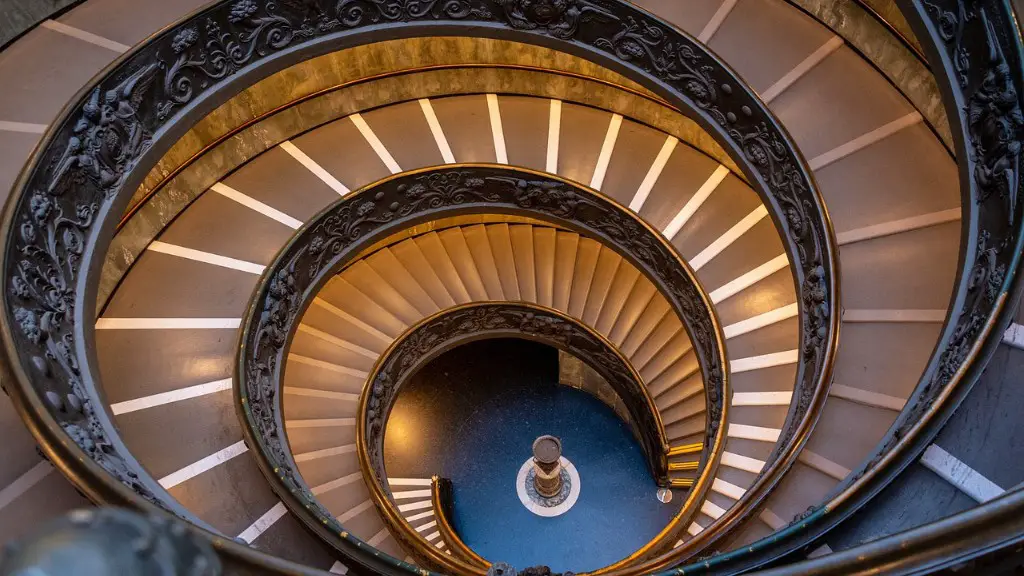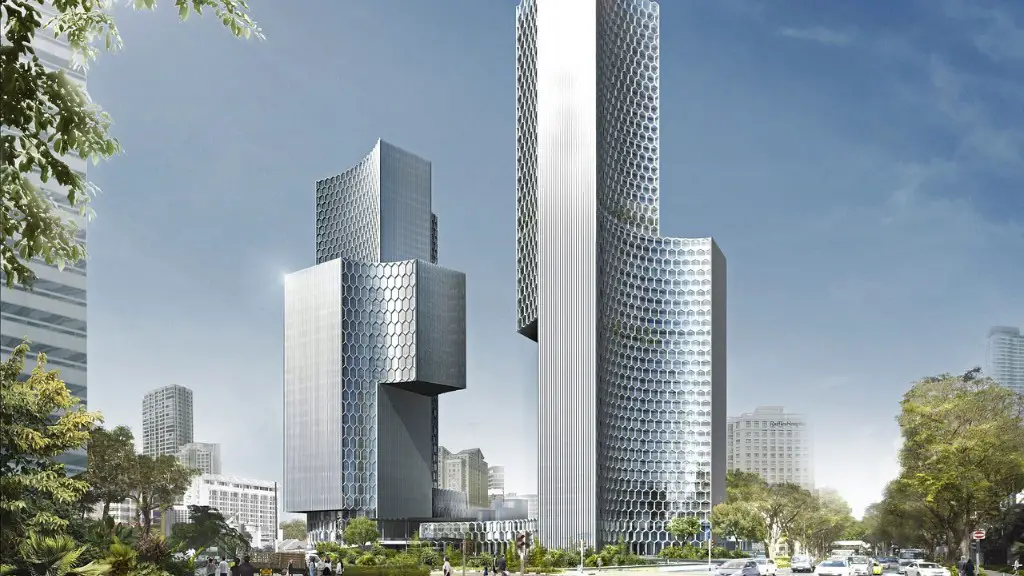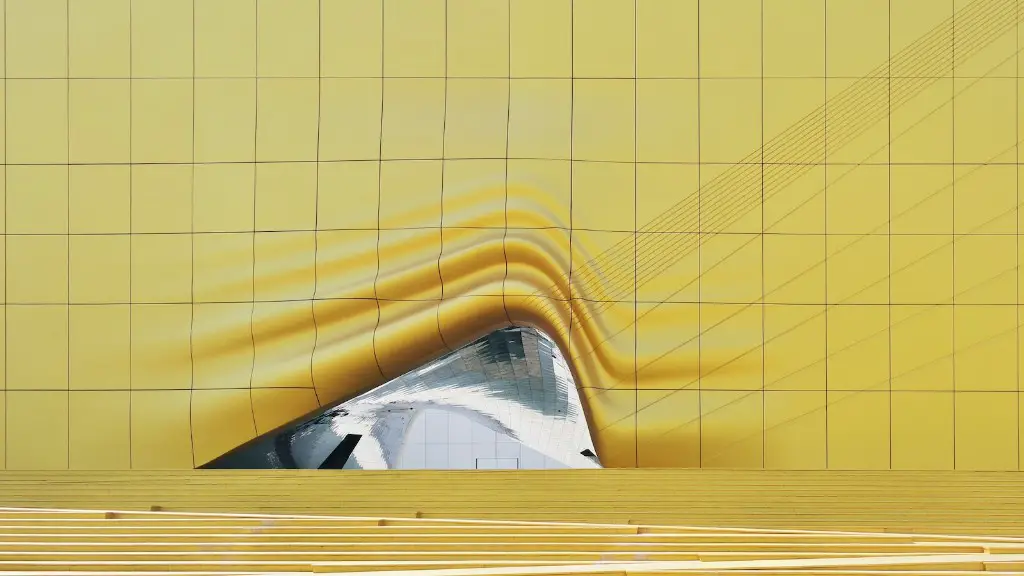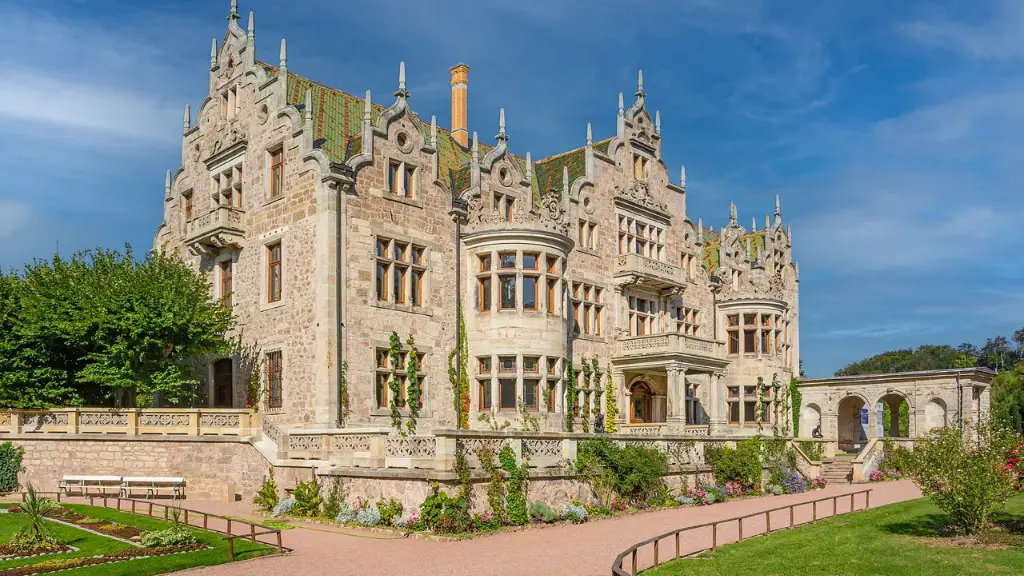What makes architecture beautiful has long been an issue of debate. Masters of the craft like Le Corbusier, Gehry and Piano have all outlined their own definitions of beauty in buildings and architectural forms. What is common among all those definitions however, is that beauty in buildings comes from symmetry, balance and harmony. For example, symmetry has a calming effect on the mind and makes a viewer appreciate the building for its aesthetic details. Balance also plays a part in architectural beauty, as buildings should be balanced not only from a form standpoint but from a functional one as well.
Symmetry, balance, and harmony have been used for centuries to help create a sense of beauty and order in architecture. Ancient Greek and Roman architecture was defined by its use of symmetry, with many of their temples, theatres, and public spaces using a system of symmetrical columns, pediments and statuary. Similarly, in the Middle Ages, builders tended to favour ornate Gothic cathedrals, with sharply pointed arches and ribbed vaults that were intended to be visually pleasing as well as structurally sound. These buildings, like many of the great architectural landmarks of today, are beautiful because of their symmetrical forms, balanced details, and harmonious design.
Not all buildings strive for beauty however. Sometimes architects attempt to engage their audience by creating forms that are unique and represent a message or idea. More contemporary innovations such as Frank Gehry’s Guggenheim Museum in Bilbao, Spain exemplify this. The museum’s curving steel facades, tinted in bright colors, is a stark contrast to the red brick and stone buildings of much of the city and does not fit into traditional definitions of beauty.
In architecture, beauty is not always symmetrical and balanced as described earlier. In modern architecture, asymmetrical and organic forms are also popular. Here, buildings are designed to look and feel unique, while still achieving balance and proportion. For instance, the Louvre Pyramid in Paris looks nothing like the grand gothic cathedrals of the Middle Ages, but it is still visually stunning and perfectly scaled. Likewise, the undulating curves of the Sydney Opera House are captivating and draw the viewer in with their unconventional beauty.
No matter the form, beauty in architecture is determined by the viewer. Everyone will have their own opinion about what looks beautiful, and this judgement will be based on personal preference. To be truly beautiful, a building must have the power to evoke a range of emotions. It must be a relationship between the viewer and the building, both of which must be experienced and appreciated to be understood.
In conclusion, while there are many variations on what is beautiful in architecture, the principles of symmetry, balance, and harmony remain the same. Whether it is a traditional gothic cathedral or a modern skyscraper, a building can be beautiful if it communicates something meaningful, evokes emotion, and brings people together, regardless of its particular style or form.
Context of the Area:
The context of a building also plays an important role in defining beauty in architecture. While context is difficult to define — it refers to the environment, its surroundings and its historical background — it does inform the design of a building. For example, a building designed for a crowded city street would have to be configured differently than one built in a rural area. Their respective styles, materials and landscapes would be vastly different from one another, but in both situations the architecture would aim to be harmonious with its surroundings.
The context of a building also allows for a more ecological approach to design. A building exists in its environment, so it is important that its materials are sourced from it as much as possible. This approach will not only create harmony with its environment but also adds to the beauty of the architecture. For instance, vernacular architecture is an excellent example of this approach, as it utilises locally sourced materials while still adhering to the particular rules of the site. This creates an architecture that is unique and rooted within its culture and environment.
In some cases, context also relies on time. Historical buildings in particular are designed to work with their environment, but also reflect on their past. Keeping an element of the past in a new design can be a powerful way to juxtapose old and new, creating surprising moments in a building. This can bring to life elements of a different era, creating something both modern and nostalgic.
Patterns and Proportion in Architecture:
Patterns and proportion also play a big role in creating beauty in architecture. Proportion refers to the ratio between two or more design elements or dimensions of a building; how big or small something is relative to other parts of the building. While patterns are based on repetition — often of shapes, lines and colors — they help to bring order to a composition while still allowing the viewer to easily identify and make sense of it.
These two elements contribute to a more holistic approach to architecture, as both help to create balance in a design. Proportion allows for a building to have an appropriate scale that is pleasing to the eye, while patterns give an interesting texture to a flat surface. A good interior design will also employ patterns — from tiling to wallpapers — to provide a visual interest that can make a room look inviting and warm.
Patterns and proportion go hand in hand with symmetry and harmony, as described earlier. Both should be taken into consideration when designing a building. A building should look elegant and beautiful as an entire unit, as well as complement its environment. Getting the right proportion and creating beautiful patterns that draw the eye can bring an extra level of beauty and sophistication to a design.
The Role of Materials:
Materials and finishes also contribute to the beauty of a building. Materials can provide a unique texture, color and weight that adds to the overall feel of a structure. When choosing materials, architects should consider how they might interact with each other and how they will look over time. For instance, a material like steel might look good at first, but as it ages, it may corrode and become less aesthetically pleasing.
The design of a building must be able to stand up to a variety of environmental and weather conditions. Poorly chosen materials can cause serious issues with the structural integrity of a building. It is important to choose materials that will last in different conditions and still look beautiful.
Materials are also important for adding interest or character to a design. For example, the interiors of a luxury boutique hotel can be finished in expensive woods and luxurious fabrics, while a modern office building might have more contemporary finishes such as exposed concrete and steel. The choice of materials helps to create a certain atmosphere and can communicate a certain message or brand identity.
Lighting in Architecture:
Lighting plays a very important role in determining beauty in architecture. By strategically manipulating light, architects can create stunning effects and draw the viewer’s eye to certain features of the building. Through the thoughtful use of natural and artificial light, a building can come to life, creating dramatic moments and highlighting its unique forms.
Light can also be used to create an ambience that is inviting and peaceful. Natural light during the day can fill a space with warmth and softness, while artificial light at night can be used to create an atmosphere of drama and glamour. By understanding how light behaves in a particular space, architects can create something remarkable.
Lighting can also draw attention to elements that might otherwise be overlooked. For example, if a feature of a building is located in a dark area, strategically placed accent lights can make it stand out and show it off in a new light. By using lighting to its advantage, architects can make a building stand out from the rest and create something truly beautiful.




